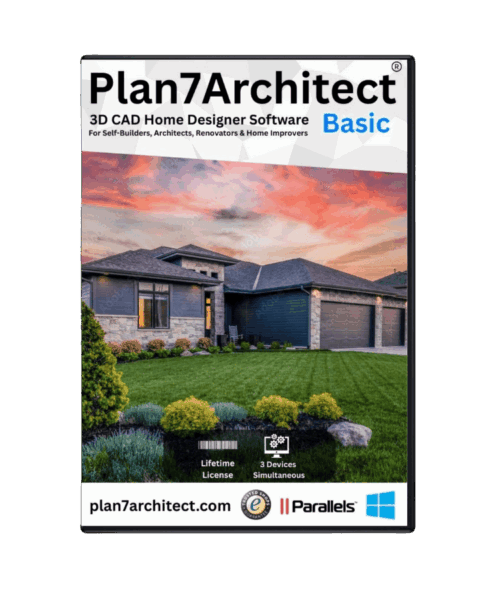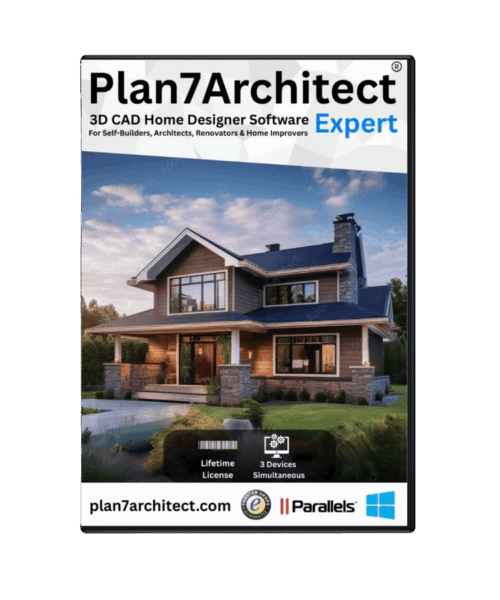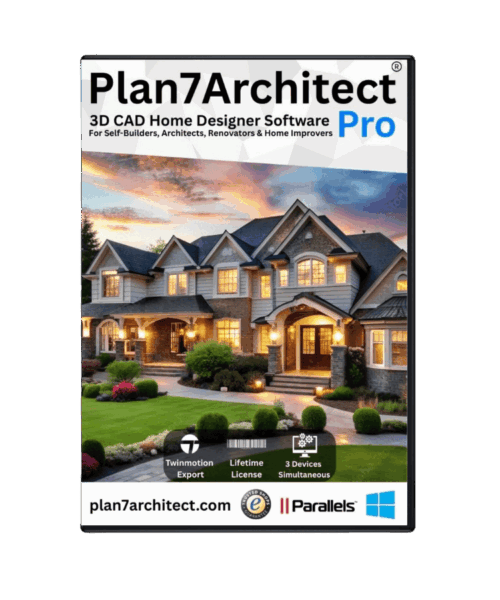Do you need some advice on how to design a room? Well you’ve arrived at the right place! It can be a little time consuming, however it’ll be a fun and creative process we can ensure you.
Plan out a room
How to design a room the fun way. It’s best to design your room with a good friend or partner. Both of you should stand in the room together and talk about your hopes and purpose for the space, your personality, style and how the room can reflect that.
Are you cosy and rustic?
In love with countryside, natural materials like wood and plants…
Are you modern and urban?
Do you like the big city, crisp and bold edges, glass or chrome surfaces…
Are you casual?
Sparse décor, comfort and natural surfaces.
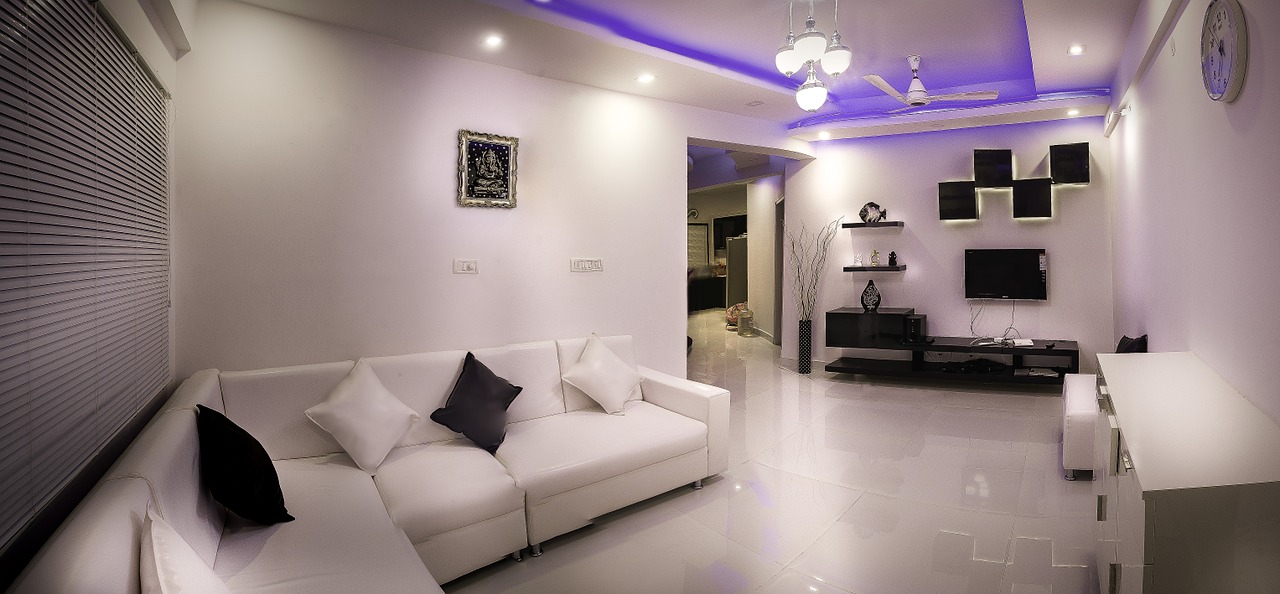 |
How to design a room colour
Have you thought about the psychology behind how colours can affect your mood?
Red is associated with warmth and anger. Studies have shown that the colour red can impair cognitive performance and cause headaches. Avoid this colour in work spaces.
Green is a soothing colour, calm and resting. You can probably guess it would be ideal for your bedroom. It can however suck the energy out of the room so combine it with some bold colours like a touch of orange for example to counteract this overly tranquil affect.
Blue is used for many corporate business website designs. It is calming as well as green but can come across fairly cold. Be sure to mix it again with warm based colour.
Yellow is seen as the most unpleasant colour of them all. If you are really keen on yellow, perhaps sprinkle it into your design instead of applying it to a whole wall, ceiling or floor.
Lighting interior design tips
Lighting is a key aspect. Dimmers are always our preferred option so you can adjust the mood at any time. Dim the lights for a more cosy feel or turn them up when you are active. Ambient lighting are your main ones overhead. Task lighting as the name gives away…it is for tasks such as reading. A lamp would fit this job. Accent lighting is supposed to draw attention to a specific object.
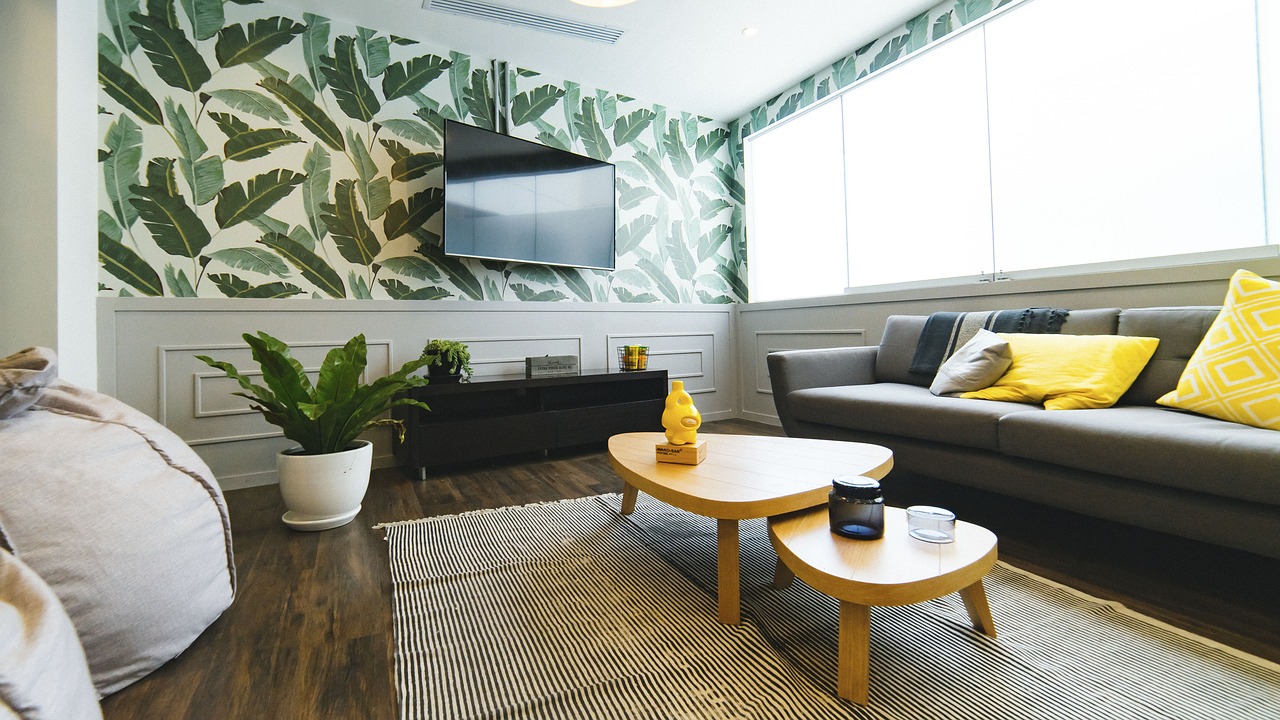   |
Home planner best practices
Follow the rule of three or utilise odd numbers. They are more visually appealing and memorable.
If you are having trouble deciding where to start, consider the main feature of the room, its focal point. This could be a built in fireplace or a large window with a view. Everything else will then complement it.
Negative space is good, less is more. It can be tempting to fill some gaps in the wall with more pictures however you must be careful to avoid clutter.
You need to have a fluent and freedom like flow around your room. Leave enough space between each object so it doesn’t feel cramped.
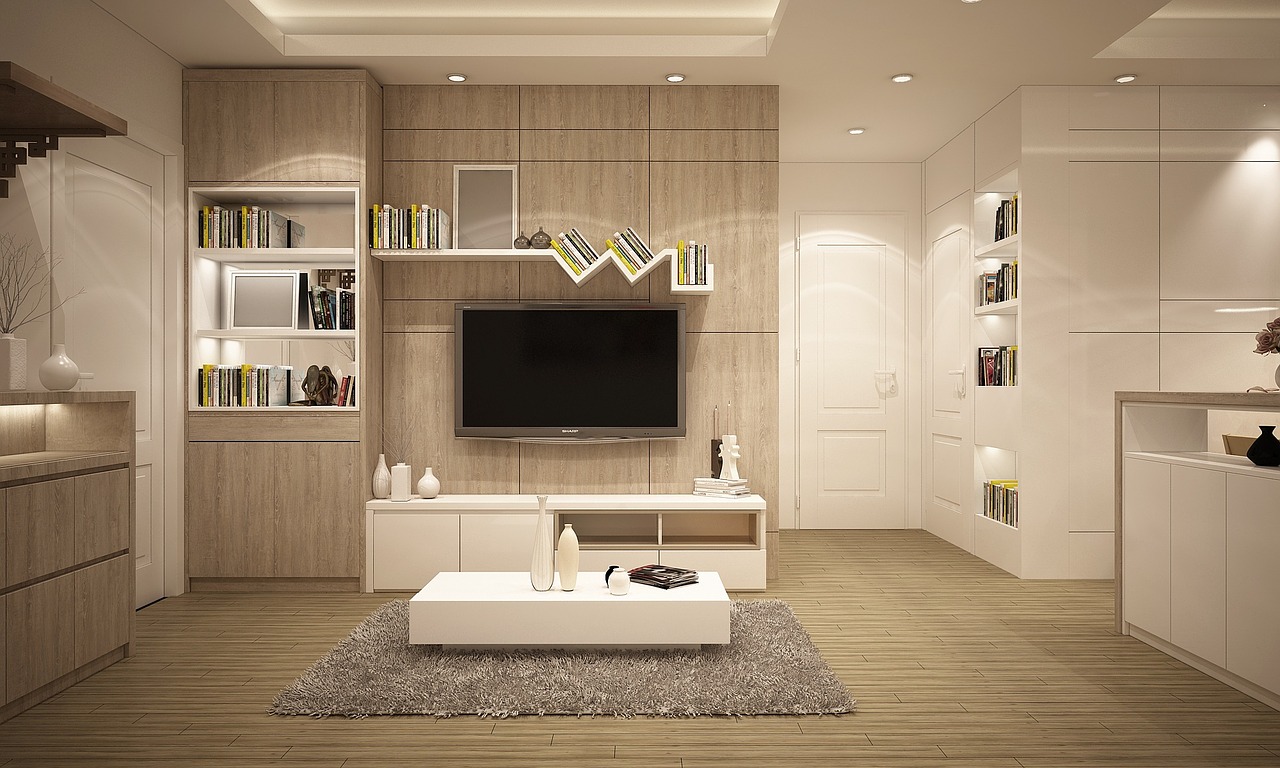   |
Room layout planner
Get your tape measure out and note the dimensions. Open up a virtual room designer software like the 3D architect home designer expert and design your own house floor plans to scale with a simple to use drag and drop environment. To get a better feel of your creation, you now have a 3D room design that you can walk through.
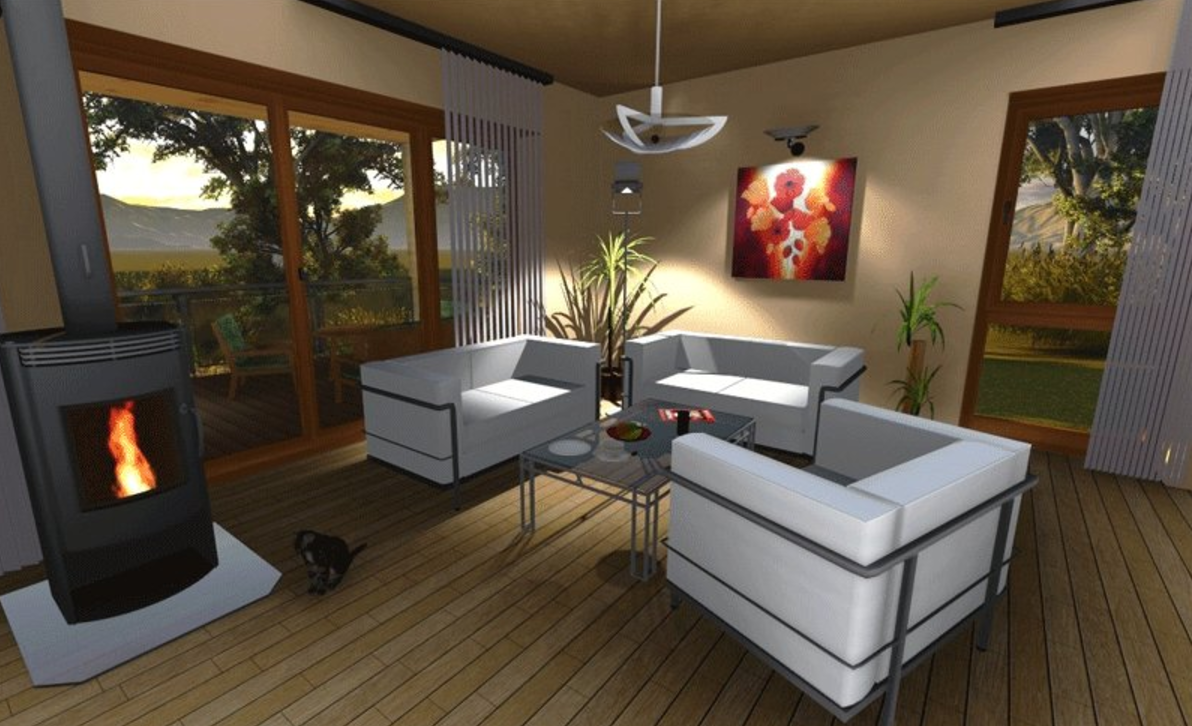   |
How to decorate a room
You can insert any objects and materials from the large catalogue library provided within the program. If in the unlikely event you are not satisfied, you can import 3D objects from external websites straight into the room layout software. An excellent feature is its capability to import a texture and apply it to any part of your room makeover. This is accomplished by simply taking a real picture of the material on your phone, upload it to your computer then import it into the software.
The floor plan is very important because it is very easy to dream big and then you suddenly and unfortunately realise “oh no it won’t fit”. On the other hand you may be afraid of your objects not fitting in the space so you buy items that are too small. When you look at how to design a room you need it as a permanent and accurate image in your mind.
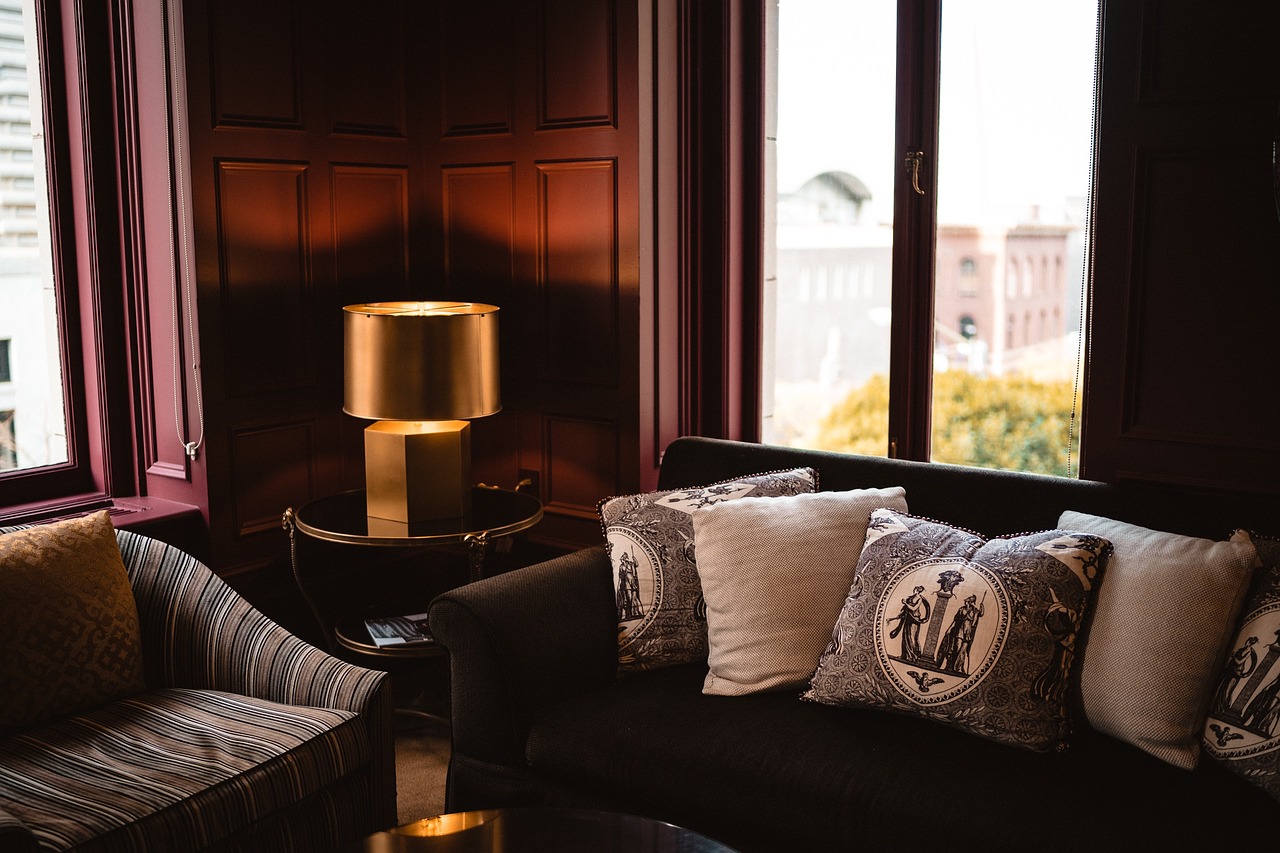   |
A room layout tool called your phone
A obvious room design tool is your phone! Take before pictures from all angles so when you are out shopping for furniture and materials you can easily refer back and visualise the space again. Especially if you are shopping online, it’s vital you pay attention to the dimensions properly.
When getting a friend or partner to help you, send each other 2 to 5 photos of rooms that inspire you. Create a mood board. Now you’ll be able to see your interior design style through each other’s eyes. Analyse the photos to see which colours, materials and which furniture types are desired.
The perfect room creator
Once you have found all the pieces to your puzzle online I.e. everything from carpet, lights to tables etc. You should crop each image and insert them all onto one big page with a white background so you can access how they all go together and complement each other. When shopping and implementing each item, ensure to begin with the lighting, ceiling, walls then flooring, then large objects then small objects to finish.
Before you do this, ensure you have spent sufficient time researching. For example comparing 10 different tables. Moral of the story is, don’t just go with the first thing you like, there will always be better options within your budget. However you must know when to stop.
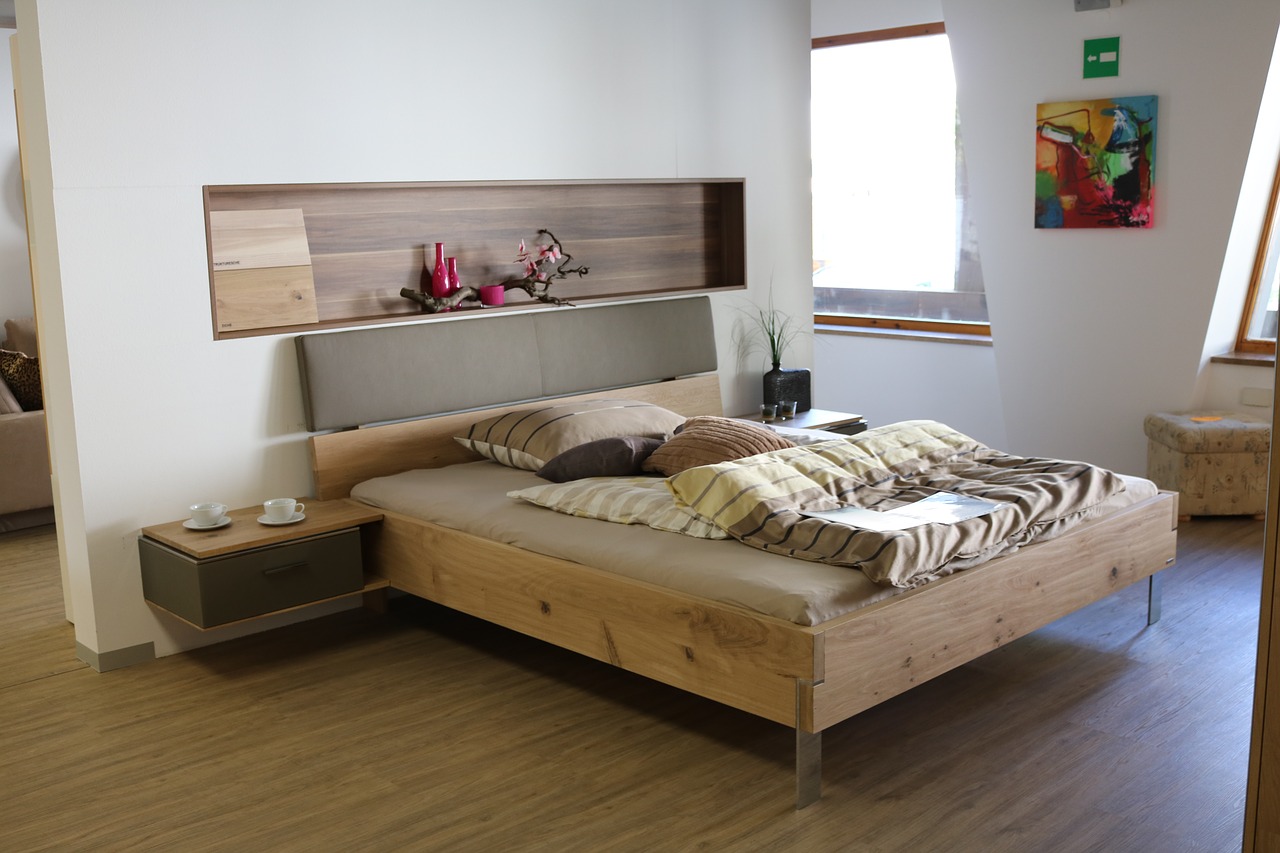   |
Have your interior design style budget
Whenever you design a living room plan, bedroom layout or a general house layout design you must form a budget. Open an Excel spreadsheet and list all the items you need for your project and don’t forget the costs of an installer. Ensure you have all the necessary tools and supplies ready, such as paint brushes etc. It is advised to have one investment piece, one expensive feature that can ultimately elevate the whole room. Now you’ll know how to design a room efficiently by being strict on how much you can spend for each aspect of your new room makeover.
This piece was inspired by Mr.Kate, check out the website here.


